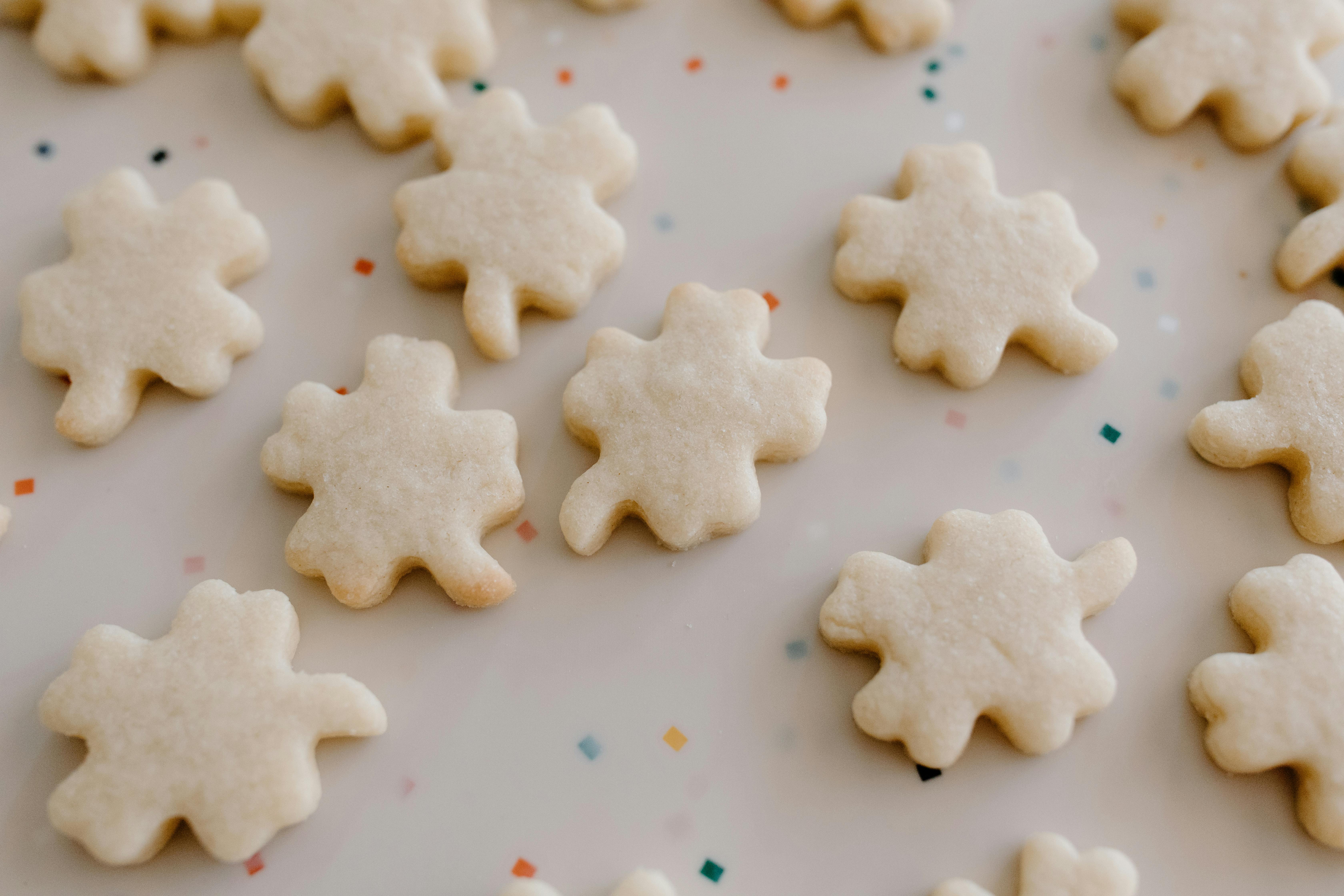Understanding Basic Percentage Calculations
Percentage calculations are essential skills that everyone should master. Whether you are calculating discounts while shopping, figuring out percentages in personal finance, or helping children with math homework, understanding percentages can greatly enhance your numerical literacy.
When we consider the problem, "What is 20% of 50?", we delve into the fascinating world of basic math and financial calculations. This topic not only reinforces essential arithmetic skills but also introduces fundamental concepts in statistics and proportions.
This article will guide you through the process of finding percentages, provide practical examples, and explore various applications of percentage calculations in real-life scenarios. By the end, you'll have a clearer understanding of how to approach percentage problems confidently.
Key takeaways include exploring percentage formulas, solving percentage problems, and applying these concepts in everyday financial situations.
Defining Key Percentages and Their Applications
To fully grasp percentage calculations, it’s important to understand the fundamentals. A percentage is simply a fraction out of 100. When we say 20% of 50, we're referring to 20 out of every 100 parts of 50. This basic concept forms the foundation for various math problems.
Calculating Percentages of Numbers
To calculate 20% of 50, a straightforward formula can be used:
Percentage = (part/whole) × 100
In this case:
20% of 50 = (20/100) × 50 = 10. This means that 20% of 50 is indeed 10.
Understanding how to calculate the percentage of a number helps with other numerical calculations, such as finding sales tax, understanding discounts, and making financial decisions.
Percentage Techniques and Methods
Several techniques can help in calculating percentages quickly. One common method is to convert fractions to percentages. For example, 20% can also be expressed as 0.20. When calculating, you might multiply the decimal by the total number (50 in this case) to get the same result: 0.20 × 50 = 10.
Another technique involves using proportionate calculations. This can be particularly useful when working with larger numbers or in academic settings where percentages are evaluated frequently.
Real-Life Examples of Percentage Calculations
Understanding percentages is vital not just for academic purposes, but also for practical applications in real life. If you buy a shirt that costs $50 and it has a 20% discount, you would calculate the discount amount by finding 20% of 50, which gives you $10. Thus, the final price would be $40.
Similar calculations can be applied in finance, such as finding the increase in an investment or understanding tax rates. Everyday scenarios, like planning a budget or analyzing expenses, require a good grasp of percentages.
Common Math Problems Involving Percentages
As we delve deeper, we recognize that many math problems involve percentages, which often confuse students. By identifying and practicing these problems, we can improve percentage techniques substantially.
Solving Percentage Word Problems
Word problems related to percentages can be challenging but are crucial for developing quantitative reasoning. For example, if a store has 200 items and 20% are on sale, how many items are discounted? Here, we would apply our percentage knowledge:
Calculation: 20% of 200 = (20/100) × 200 = 40. Thus, 40 items are on sale.
Practicing various word problems helps reinforce the ability to translate everyday language into mathematical expressions.
Calculating Discounts and Price Increases
Discount calculations are prevalent in retail scenarios. For example, if an item costs $80 and is marked down by 25%, how do you determine the final price? First, calculate 25% of the original price:
Calculation: 25% of 80 = (25/100) × 80 = 20. So, the final price after the discount will be $80 - $20 = $60.
Learning to calculate price increases, such as determining a 15% increase on a monthly bill, follows a similar approach, assisting in better financial planning.
Exploring Percentage Increase and Decrease
Understanding percentage increases and decreases is pivotal in both academic disciplines and real-life scenarios. For instance, if a population grows from 50,000 to 60,000 in a year, we can calculate the percentage increase:
Percentage Increase = [(New Value - Old Value) / Old Value] × 100 = [(60,000 - 50,000)/ 50,000] × 100 = 20%.
Conversely, if an item's value decreases from $100 to $80, you can calculate a percentage decrease: Percentage Decrease = [(Old Value - New Value) / Old Value] × 100.
Teaching Percentage Skills to Kids
Teaching children about percentages can help build foundational math skills. Effective instruction methods will not only make learning fun but also engaging, ensuring they grasp these important concepts early on.
Incorporating Fun with Educational Math Tools
There are numerous educational math tools designed to help kids learn percentages through gameplay and activities. For instance, using measuring cups and real-life examples of food can illustrate percentage concepts effectively. Making it interactive promotes engagement and retention of knowledge.
Online math courses, games, and apps provide a practical way for children to learn about percentages outside of traditional classroom settings.
Hands-on Activities to Learn Percentages
Hands-on activities can provide a tangible experience that makes learning percentages more relatable. For example, baking can introduce children to ratios and proportions, showcasing percentages through ingredient measurements. These activities foster a deeper understanding of number relationships.
Practical Applications in Everyday Life
Involving kids in real-life financial decisions, such as budgeting or planning a family outing, can enhance their understanding of percentages in action. Being actively involved sets the stage for lifelong financial literacy while demystifying the mathematical side of everyday tasks.
Conclusion: Mastering Percentages for Everyday Use
Understanding percentages and how to calculate them is a crucial life skill that extends beyond the classroom. By familiarizing yourself with concepts, formulas, and practical applications, you'll gain the confidence to tackle various math problems effectively.
Through the exploration of percentage calculations, we can appreciate their relevance in both academic subjects and real-world financial scenarios. With consistent practice and engagement, anyone can master the art of percentage calculations.
For further learning, consider checking online resources, math tutorials, and educational tools that can support your comprehension of important math concepts.
